Fennec foxes may look like they’re just smaller, fluffier cousins of your average city fox, but these wild animals are incredibly interesting. Nearly every part of their little bodies is specially adapted to their natural habitats. So, get ready to learn 18 amazing facts about fennec foxes.
Their Big Ears Aren’t Just for Show
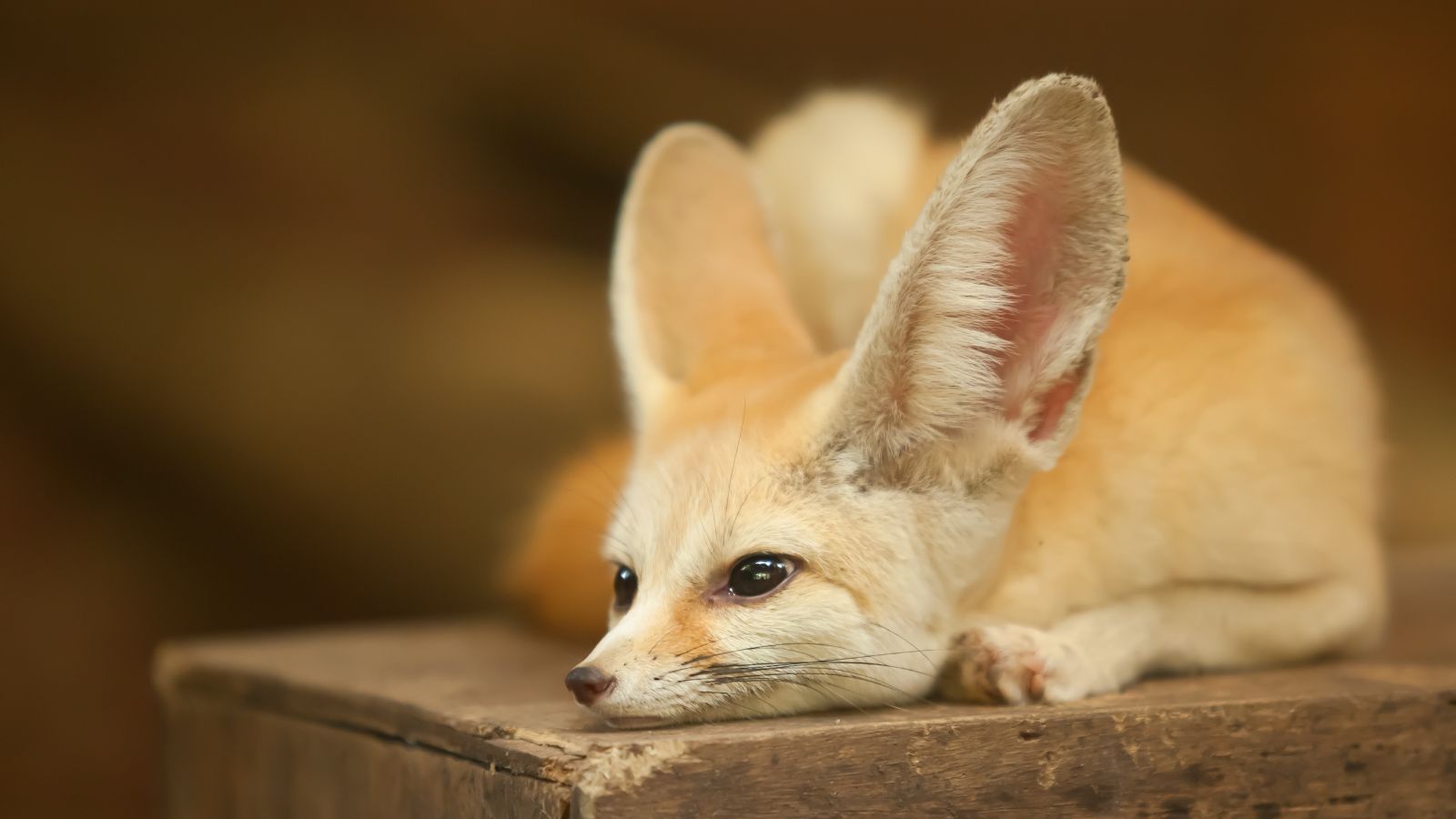
As soon as you look at a fennec fox, the first thing you notice is those huge ears. They can grow up to six inches long, and according to National Geographic, they “radiate body heat and help keep the foxes cool.” Just imagine having ears nearly twice the size of your body!
They’re the Smallest Type of Fox

Out of all of the different types of foxes in the world, fennec foxes are the smallest. These tiny animals usually weigh only around two or three pounds, which is less than your average bag of sugar. In the wild, this means they’re very agile and can move through the desert sands easily.
They’ve Expertly Adapted to Living In the Desert

Speaking of the desert, there are more ways that fennec foxes are adapted to their environments. Their thick fur is sandy-colored, disguising them and insulating them against cold nights and hot days. Their paws are also covered in fur, which gives them traction on the sand and protects them from the heat.
They’re Social and Playful
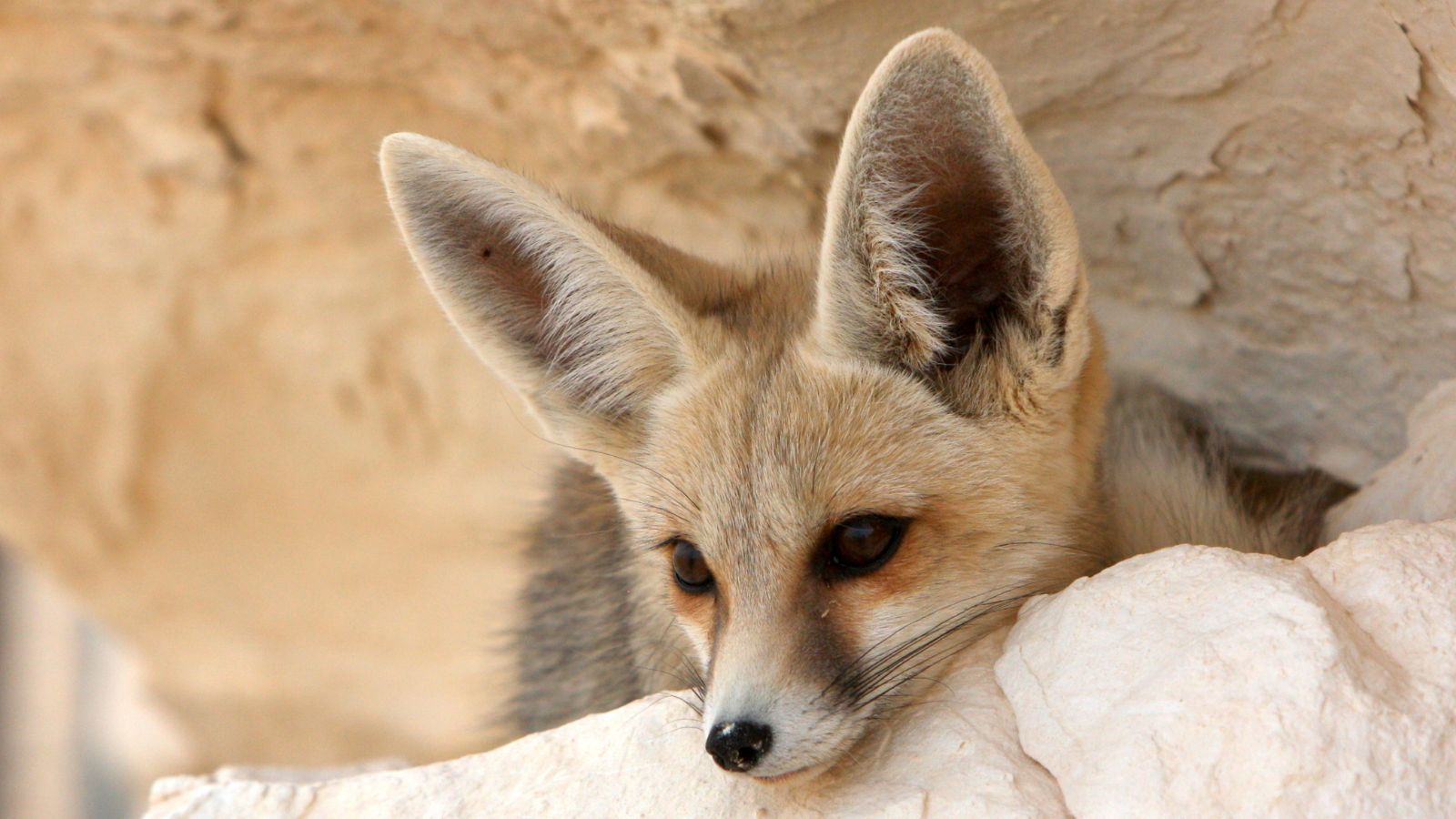
Lots of species of foxes are solitary, but not the fennec fox. They’re really social animals and live in groups of up to ten, which are known as a ‘skulk’ or a ‘leash’. Playtime is also an important social interaction for fennec foxes, especially younger ones.
They Always Hunt at Night

Fennec foxes are usually nocturnal in the wild, which makes sense when you realize that they need to avoid the daytime heat of the desert. They hunt insects, small mammals, and birds at night with their strong senses of hearing and eyesight.
They Live in Huge Burrows Under the Sand
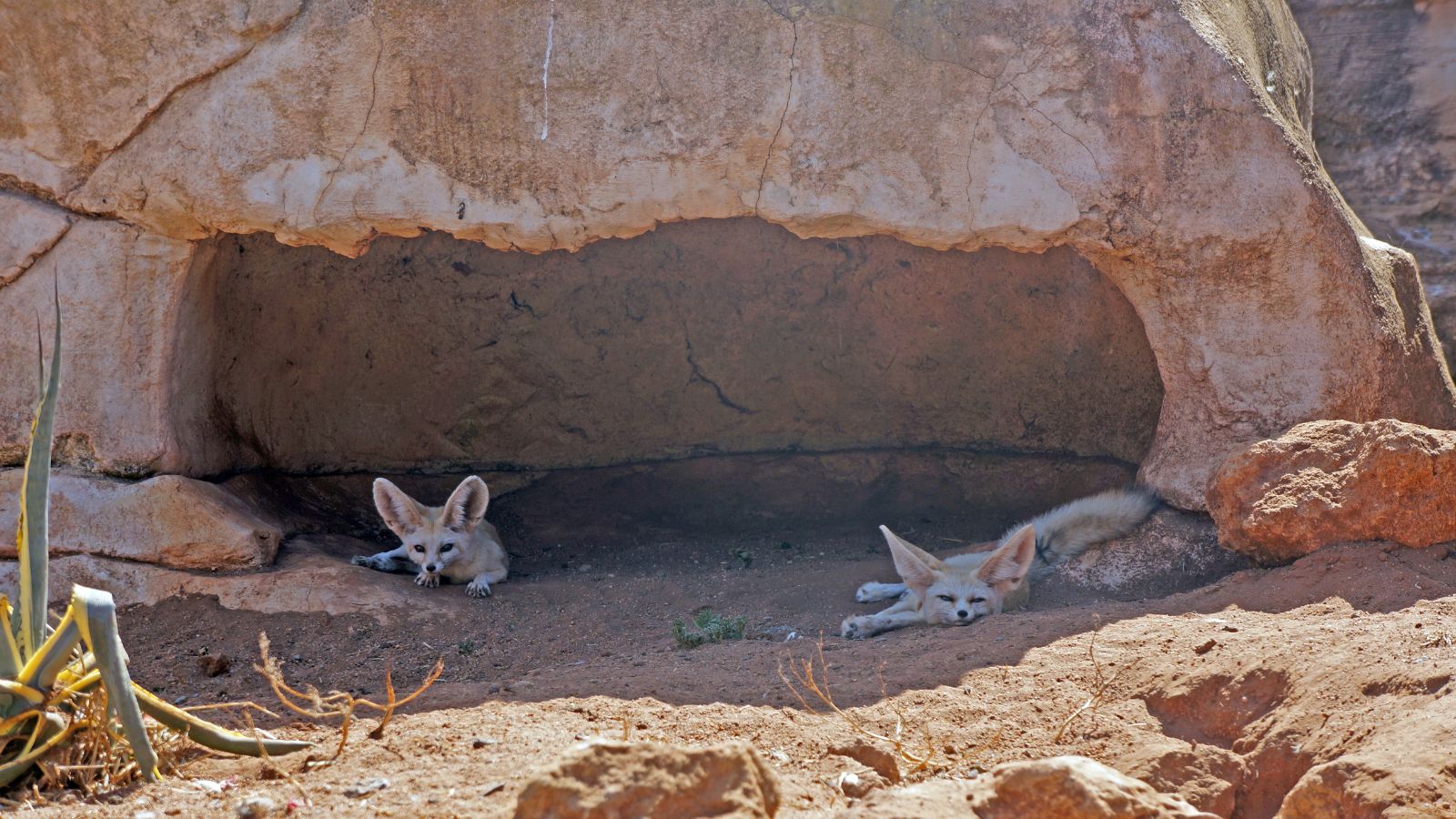
The smart way that fennec foxes avoid the desert heat is by burrowing into the ground. They make intricate systems of tunnels that can be as deep as ten feet. They almost work like apartment complexes since multiple families of fennec foxes can share their burrow networks.
They’re Excellent Parents

The San Diego Zoo states that “fennec foxes are monogamous and mate for life.” The couples work together to raise and protect their young ‘kits’, with the mother typically giving birth to a single litter of between two to five kits per year.
They’re Highly Territorial
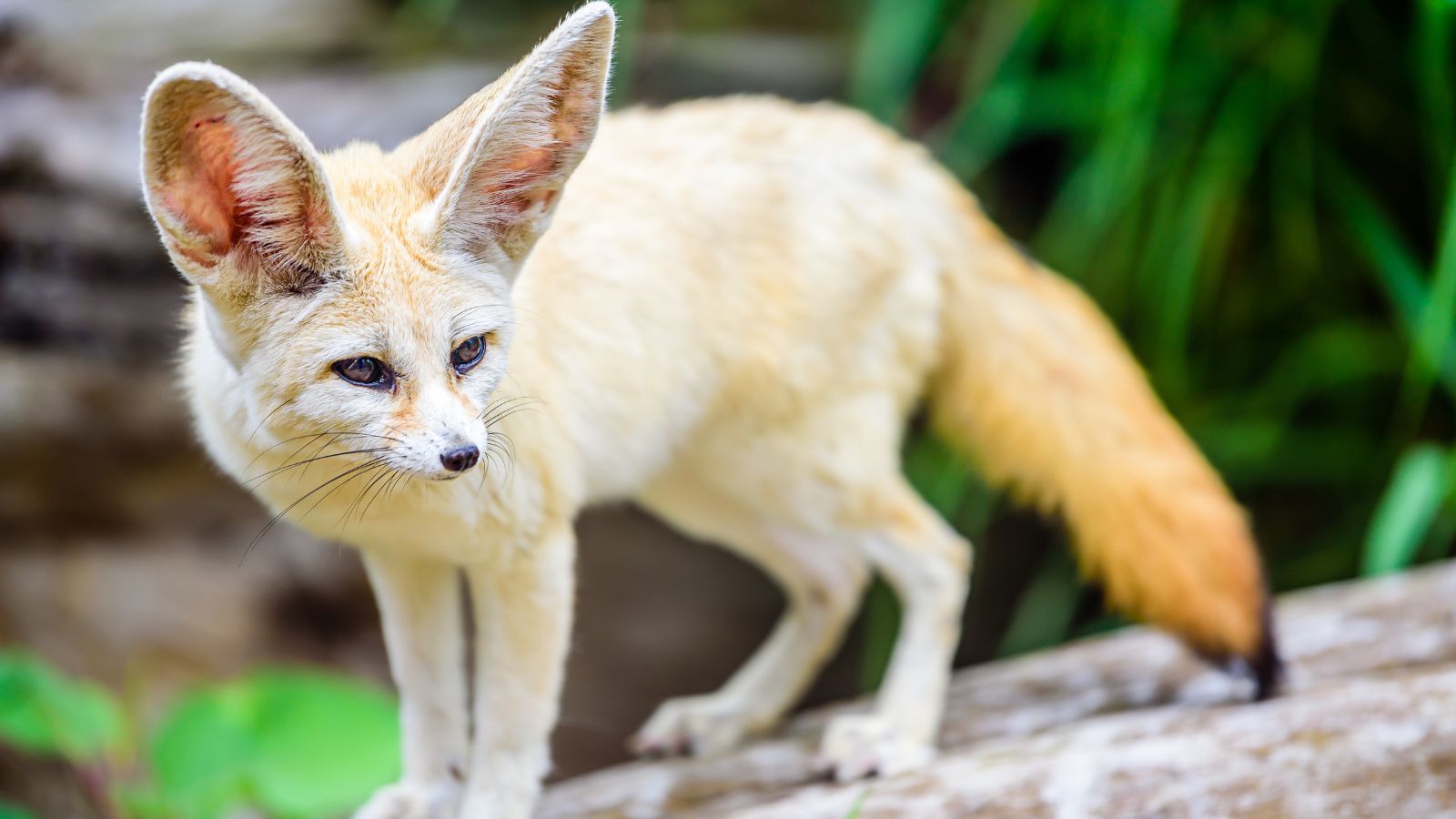
They might share their burrow networks with other fennec foxes, but these animals are not friendly towards uninvited guests. They mark their territory with urine and feces and fiercely defend their homes against predators. This can help reduce competition for food and keep them safe.
They’ve Long Lifespans – for Foxes
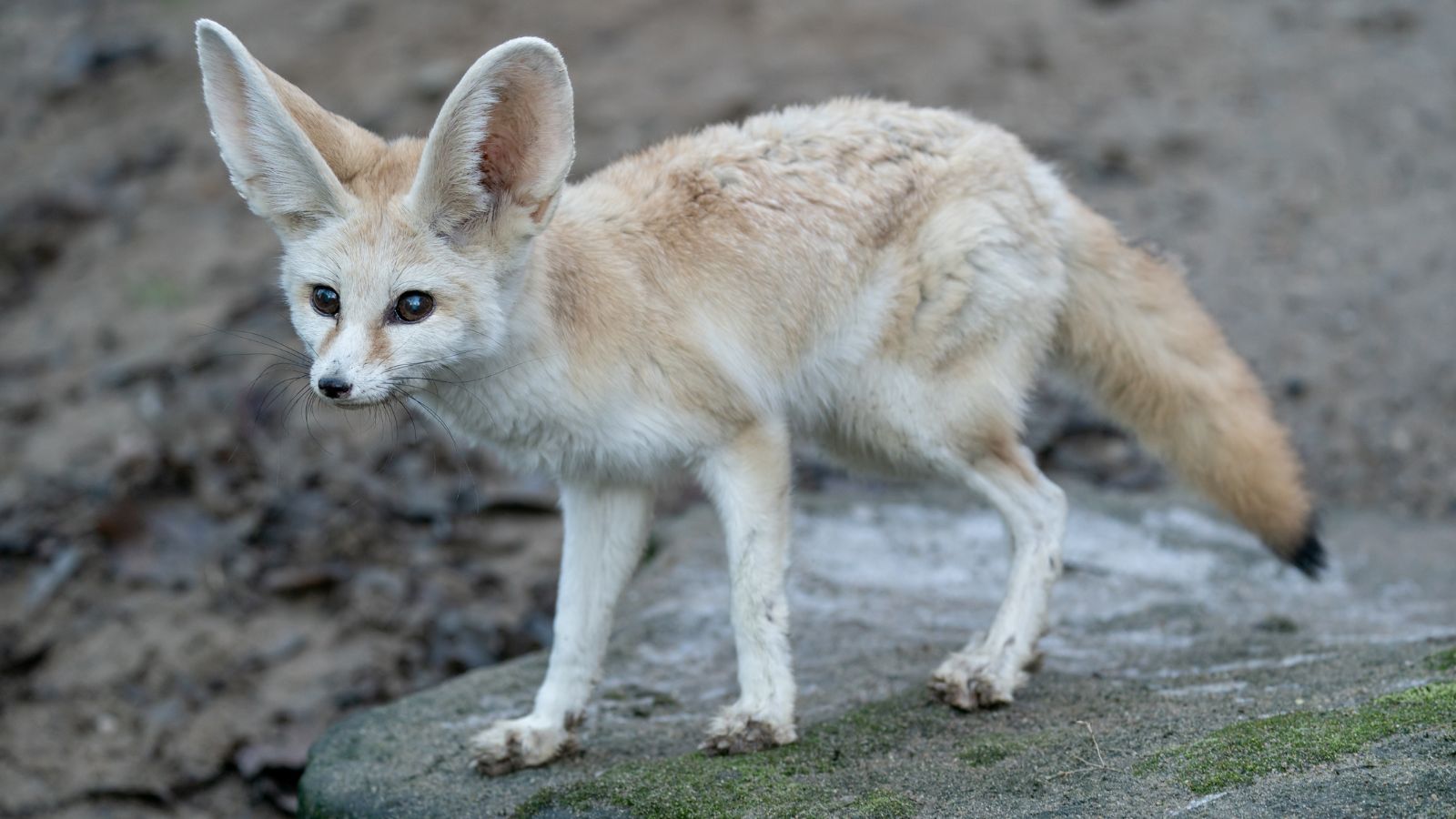
Although their lifespans might not quite match those of humans, fennec foxes still live for a long time compared to other foxes. They can live for up to ten years in the wild and fourteen years when properly cared for in captivity.
They’re Excellent at Climbing and Jumping
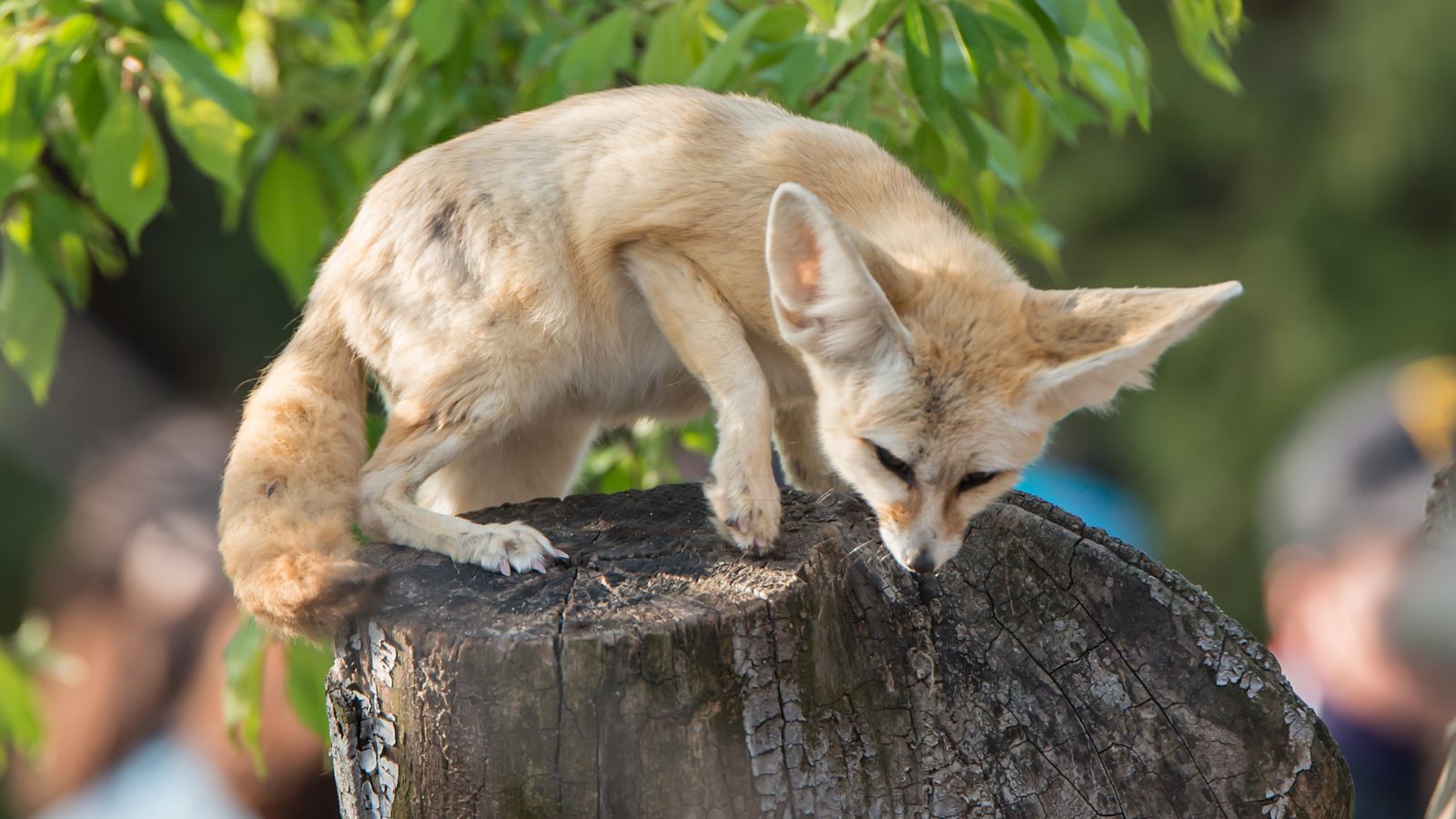
Even though they’re small, fennec foxes can leap up to two feet in the air and are great at climbing. These skills help with finding food and new territory. They’re excellent little explorers and can also escape predators quickly using their agility.
They’ve Adapted to Conserve Water
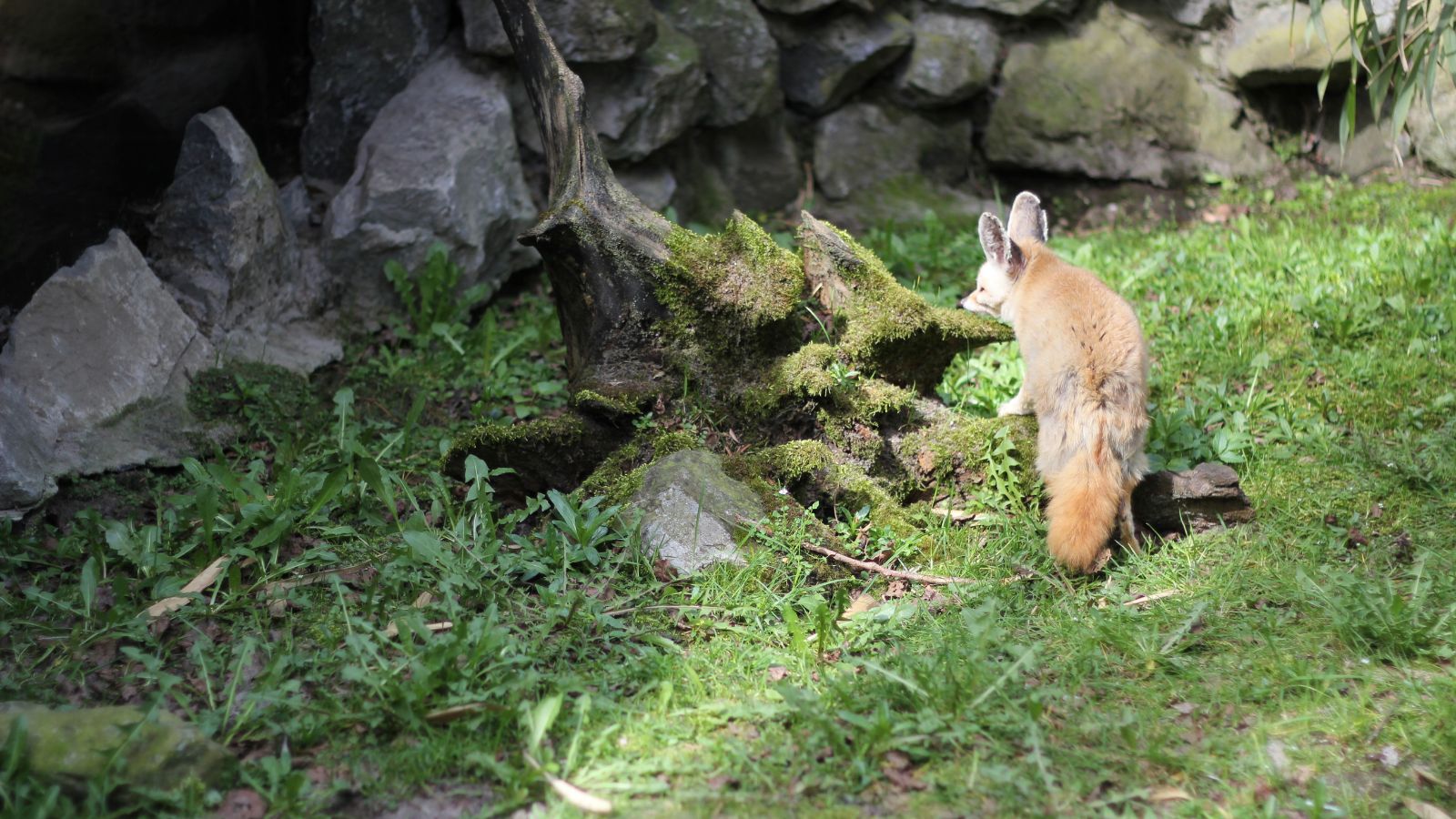
You might think of a camel’s humps when you think about animals conserving water in the desert. But fennec foxes have adapted in a more subtle way. They have highly efficient kidneys that lose as little water as possible, meaning their urine is extremely concentrated.
They’re the Desert Pest Control
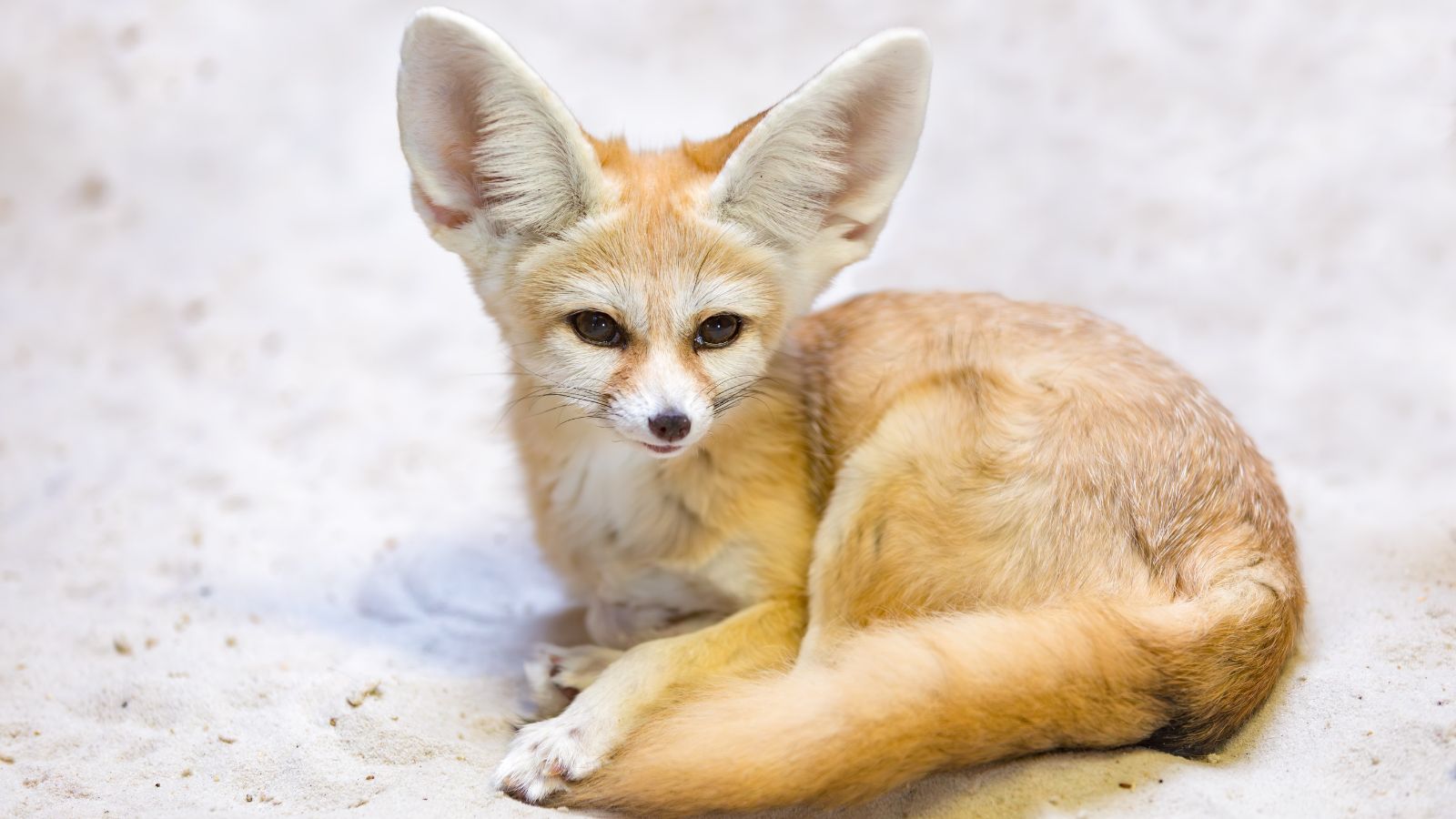
Did you know that fennec foxes are crucial to their ecosystems? They prey on insects and small animals that we consider pests, essentially meaning that they’re pest control for the desert. They are also prey for larger predators, helping to maintain the balance of the ecosystem.
They Have a Sweet Tooth
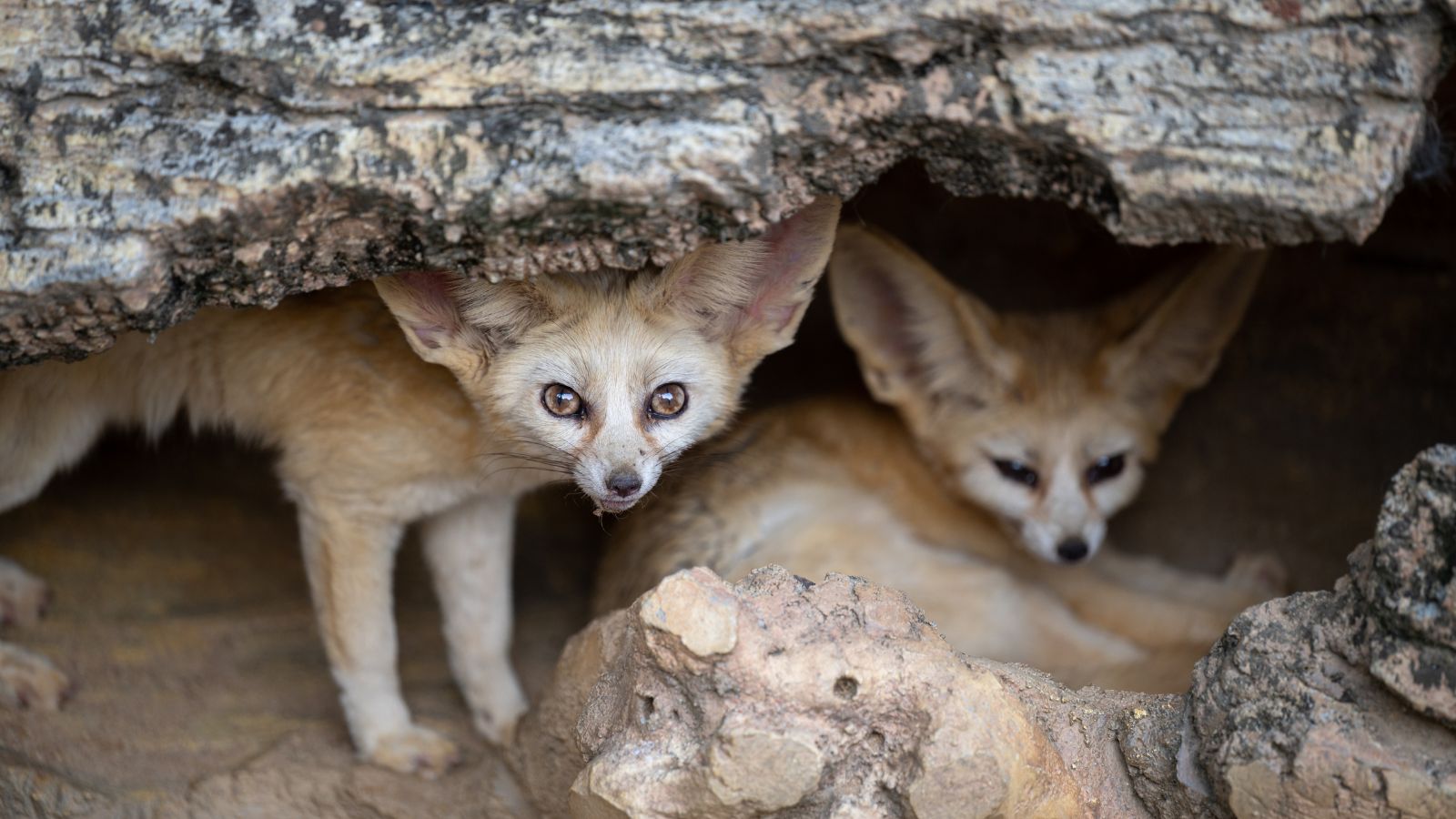
Fennec foxes don’t only eat meat – they’re omnivores, and in the wild, they love eating berries and other sweet plants. They’re especially fond of any fruits or vegetables with a high water content, as this helps them avoid dehydration in a hot desert climate.
They Need Specialized Care
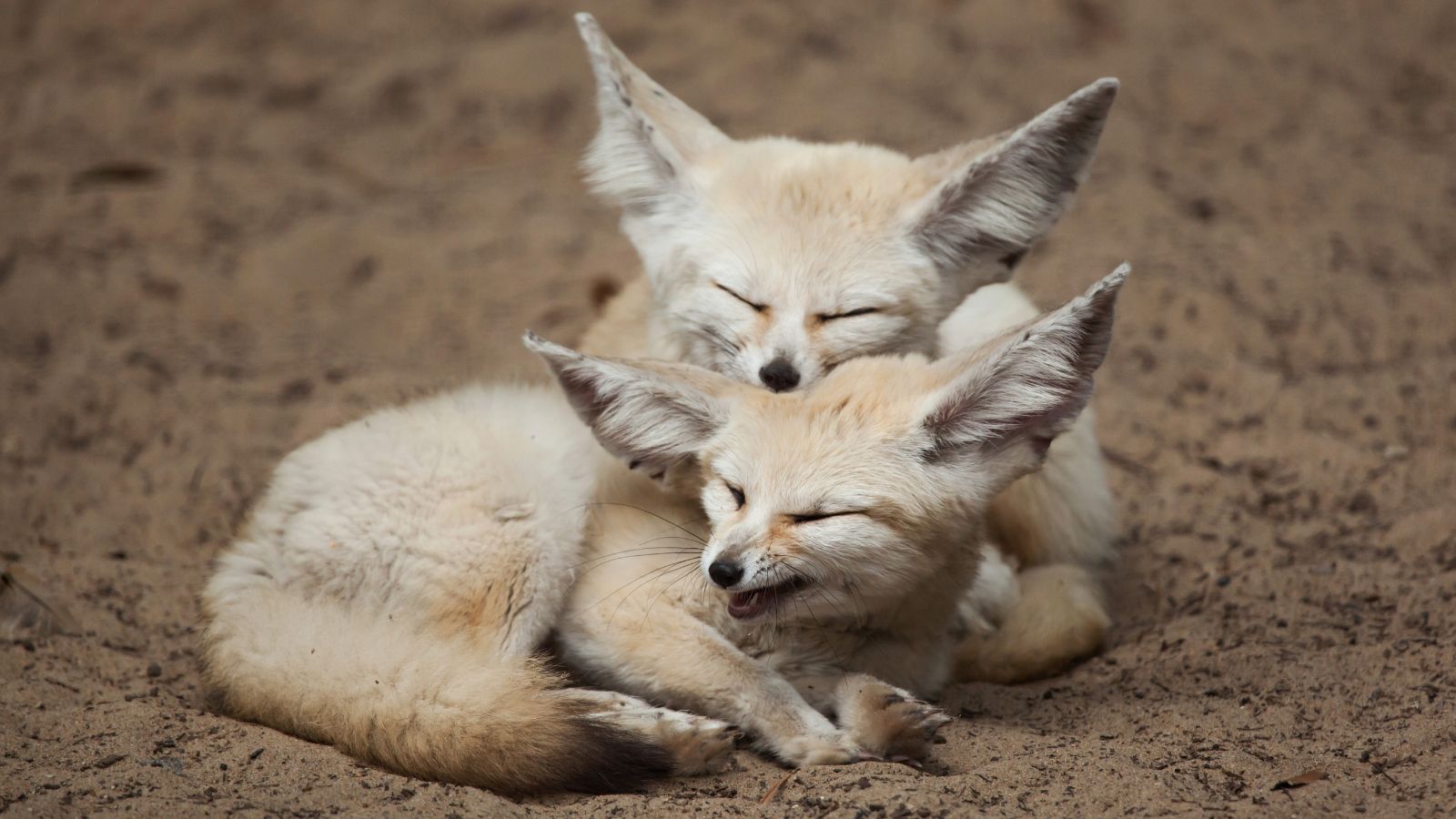
The Spruce Pets advises that “it’s not easy to care for a pet fennec fox” and “Most parts of the United States have some regulations regarding fennecs—from outright bans to simply requiring a permit.” Legality aside, they need specialized diets and environments to thrive and usually aren’t fans of being handled by humans.
They’ve Sharp Claws Suitable for Digging
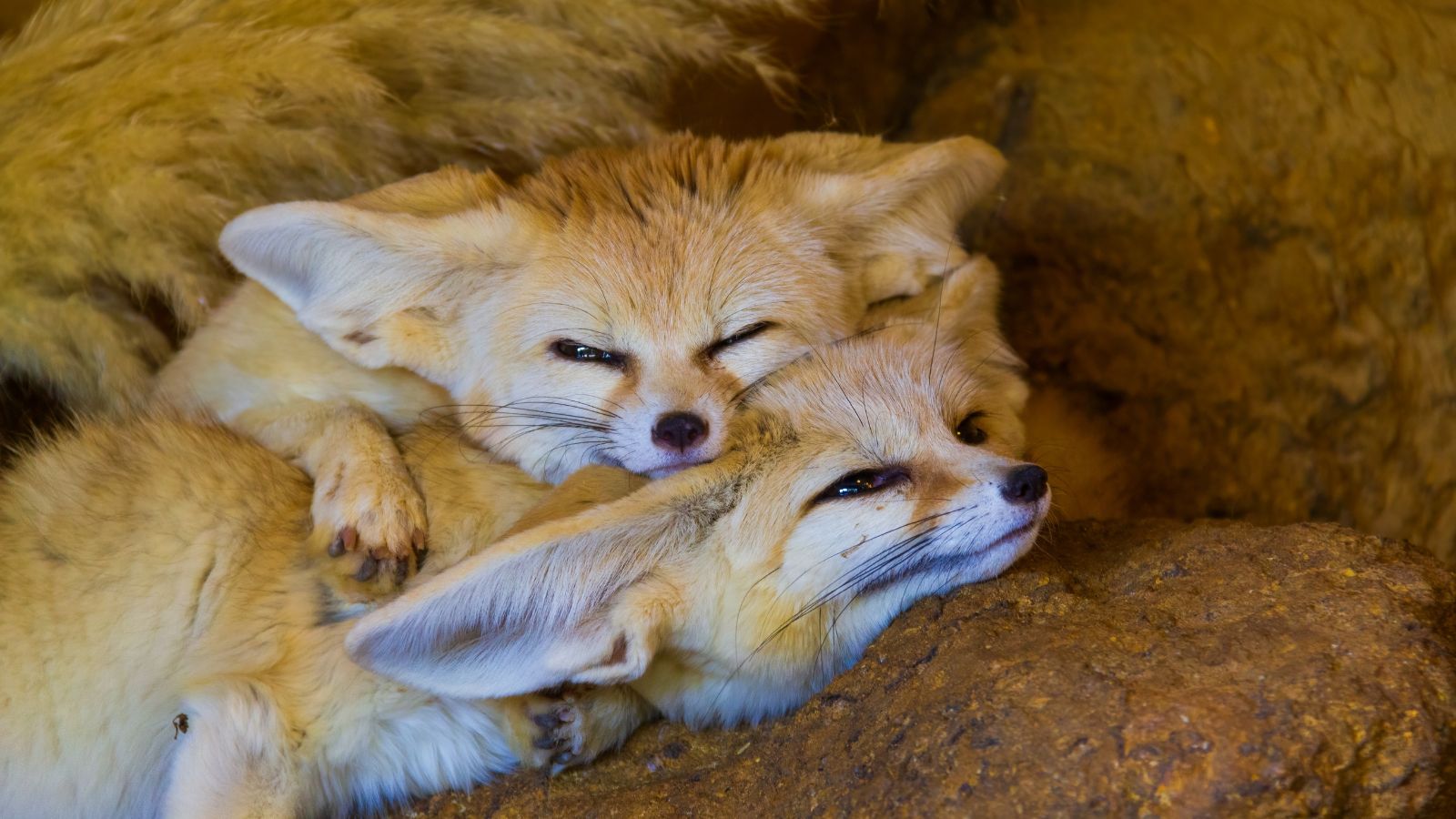
As you may expect from an animal that lives in burrows, fennec foxes have strong, sharp claws that are perfect for digging. They don’t just use them for tunneling, either. Fennec foxes can search for plants and prey hidden beneath the sand with their claws.
Their Eyes Are Specially Adapted to Darkness
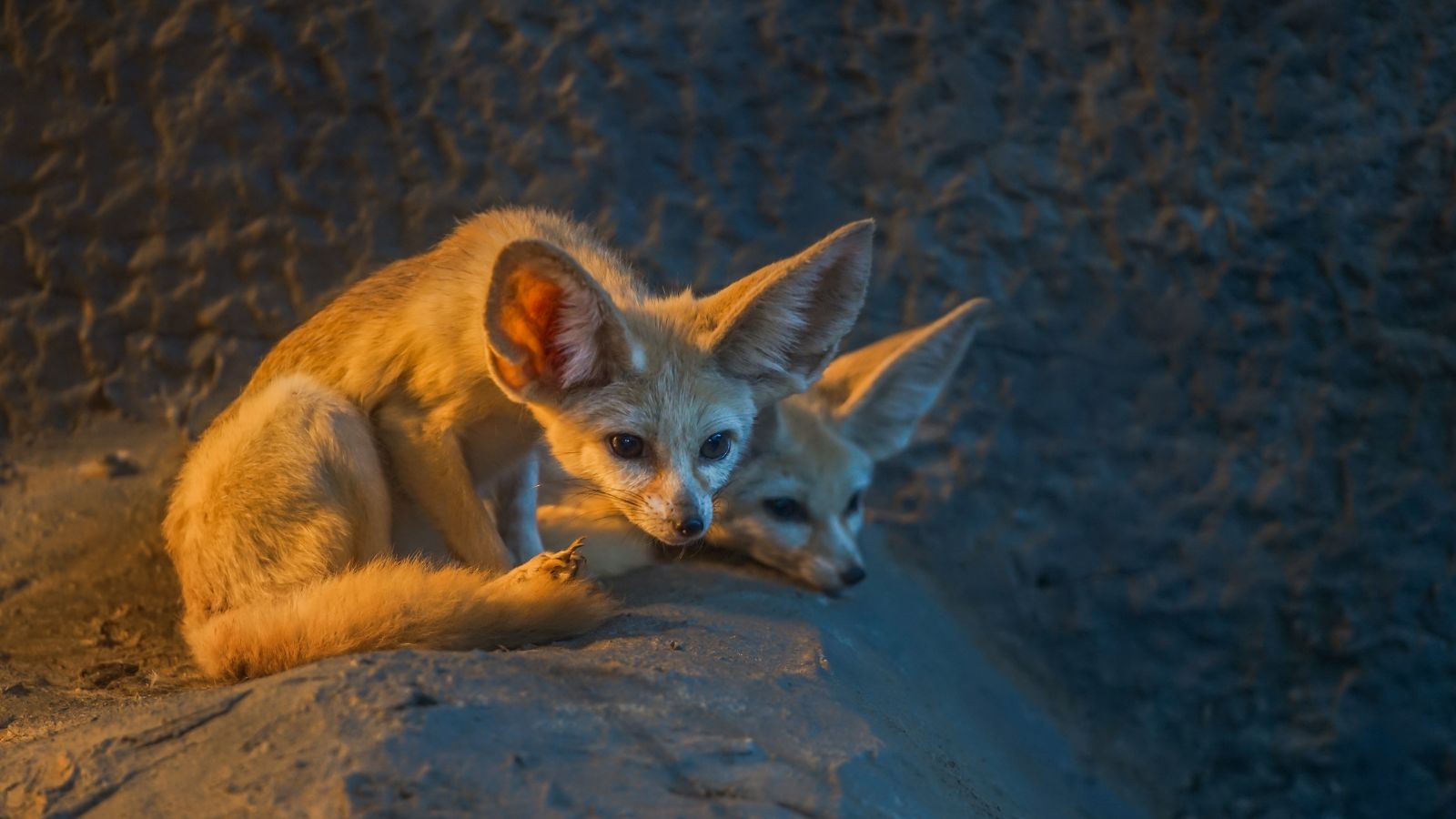
Since they’re nocturnal, it makes sense that fennec foxes have excellent night vision. Their eyes have a reflective layer that improves their eyesight in low-light conditions and can sometimes make them look like they are glowing. This adaptation is essential for nocturnal hunters.
They Communicate in Many Ways
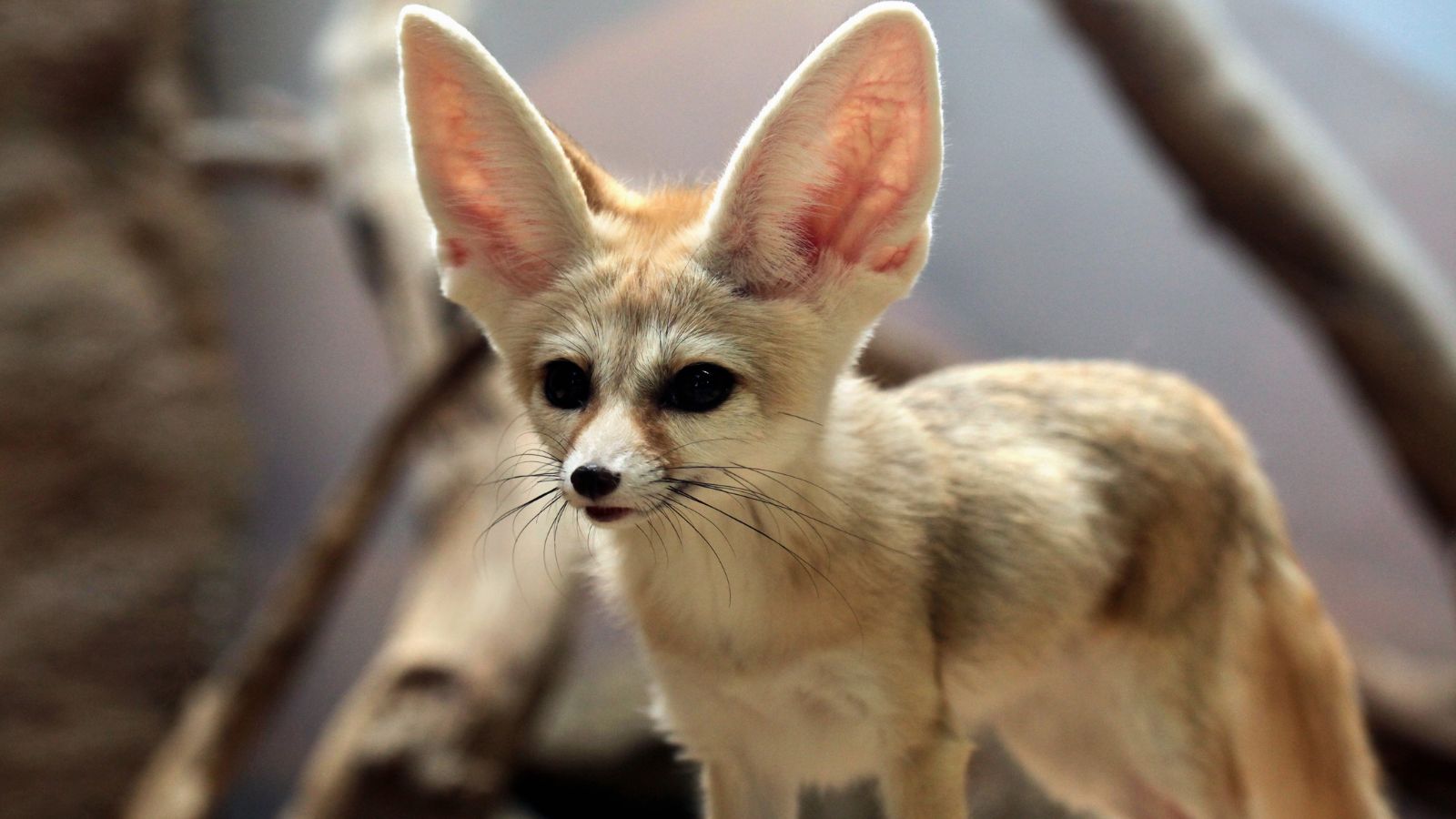
Fennec foxes can express many emotions through their vocalizations. They can purr, bark, growl, yelp, and scream, among other things, which lets them communicate fear, excitement, and aggression toward others. They also use body language and scent marking to communicate with other foxes and keep predators at bay.
Threatened By Humans
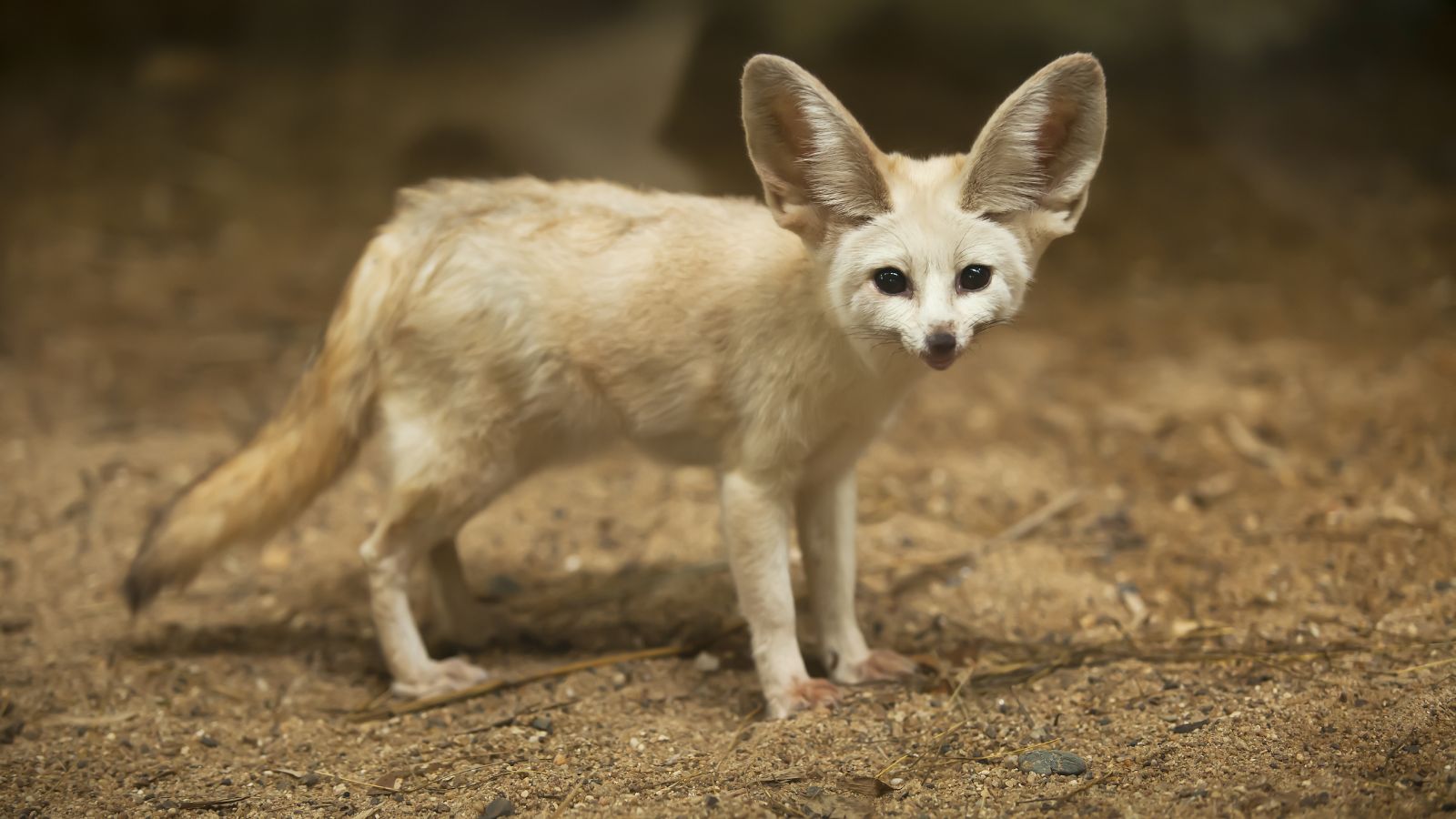
The last important fact to know about fennec foxes is that, while they’re not officially endangered, we are one of their biggest threats. The Smithsonian’s National Zoo & Conservation Biology Institute regards “human interference,” such as being “trapped for exhibition or sale to tourists,” as the worst issue for fennec fox populations.
Up Next: 18 Reasons Why Men Get Grumpier As They Age

You might read this and be able to relate, or you may feel you’ve become grumpier the older you’ve gotten. Or maybe you know of a male friend or relative who has. Here are 18 reasons why men get grumpier as they age.
18 Reasons Why Men Get Grumpier As They Age
17 Products Millennials Refuse to Buy and It’s Affecting the Economy

Millennials have been the center of so much media attention due to their spending habits. Their unique ways of spending have built up and crushed many traditional industries. In this article, we look at 17 things millennials stopped buying and how that has impacted society.
17 Products Millennials Refuse to Buy and It’s Affecting the Economy
Where Even Truck Drivers Won’t Stop

Truck drivers tend to be hardy souls—well-seasoned travelers who aren’t often afraid to rest up or refuel in risky locations. However, there are certain U.S. locations that even the most road-weary trucker refuses to stop at for fear of criminal activity or natural dangers. Here are 17 such locations that even experienced truck drivers approach with trepidation (or not at all).

